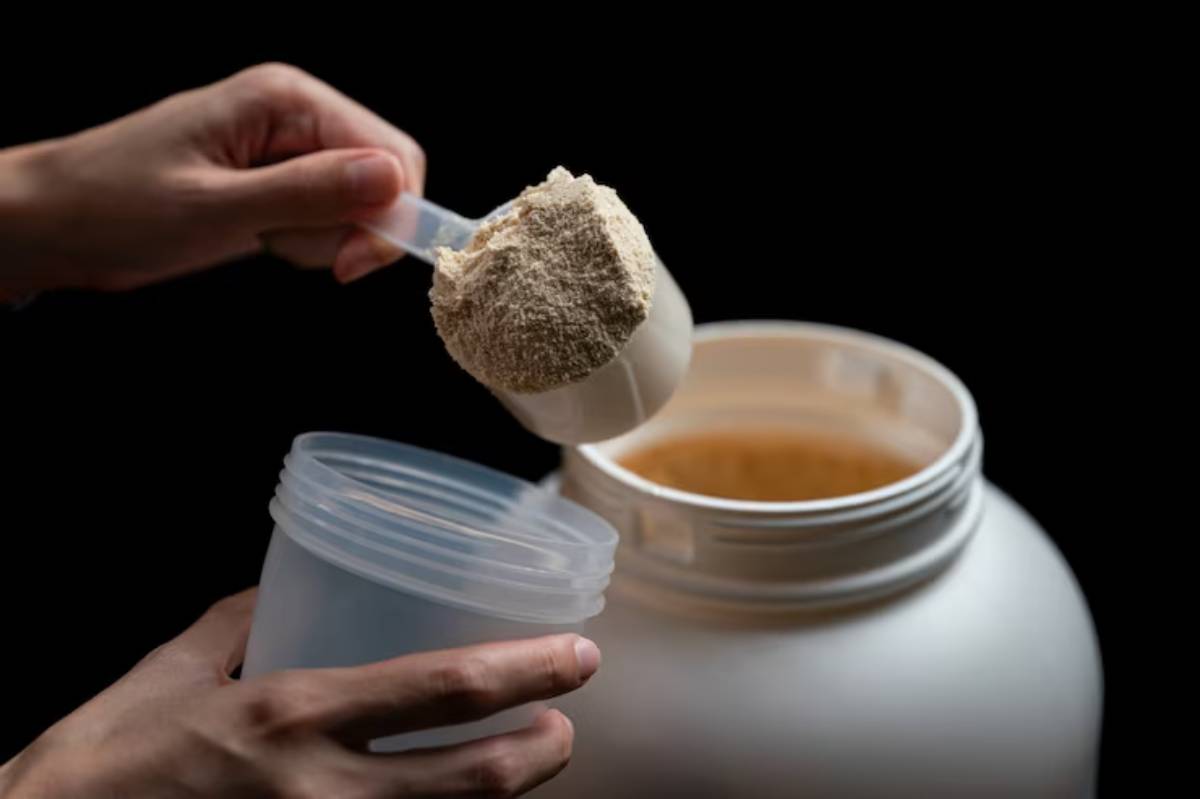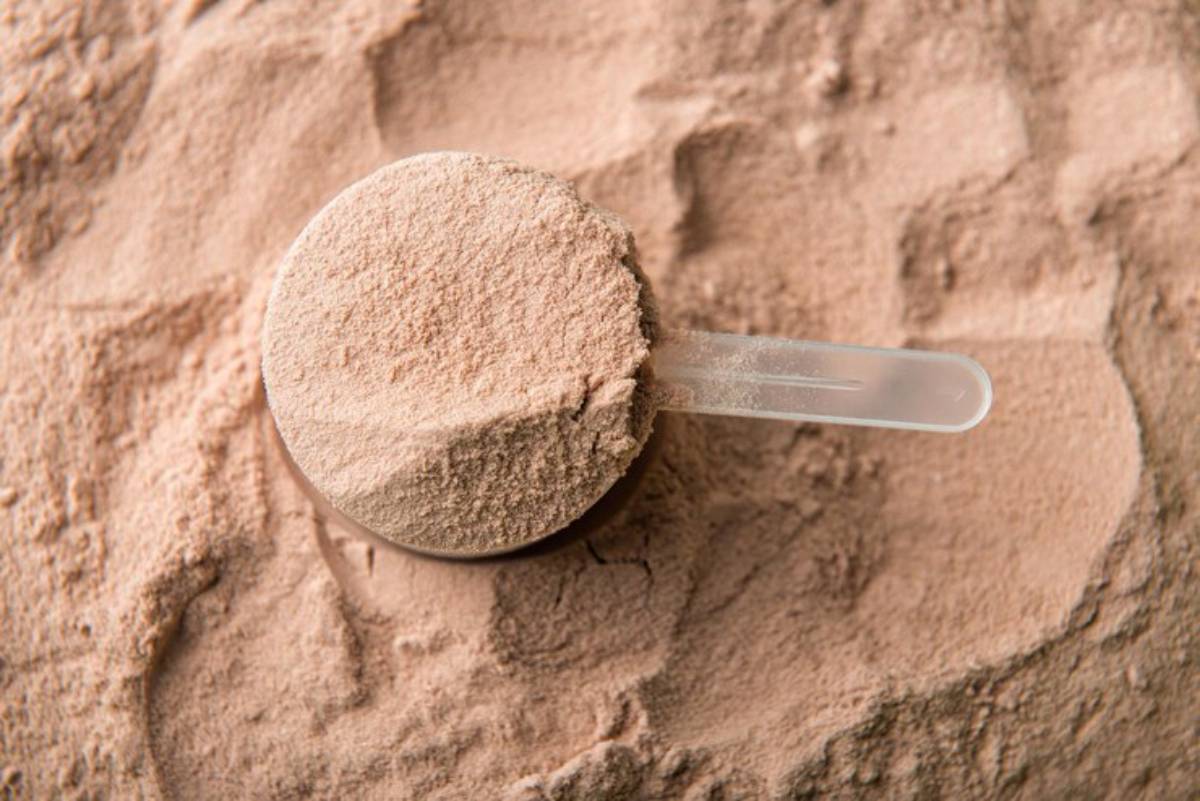
How to Track Your Progress While Using Supplements
Taking supplements to build muscle, burn fat, or boost energy? Great! But here’s a common mistake many gym-goers make not tracking results. Without a clear method to monitor changes, you’re left guessing if your supplement stack is actually working or just burning a hole in your wallet.
This guide helps you take the guesswork out by teaching you how to track supplement results effectively, using smart tools, data points, and routines you can stick to. If you’re seriousabout your gym progress, this is the strategy you’ve been missing.
Quick Guide: Structuring Your Week with Supplements, Strength & Recovery
Here’s how to structure your weekly training while maximizing the impact of your supplement stack:
- Define your training goal: size, strength, endurance, or recomposition—this influences your supplement timing and type
- Train with weights 3–4 days a week: Take creatine and beta-alanine daily, and use whey protein post-workout
- Include 2–3 active recovery sessions: Light yoga or mobility work—pair with BCAAs and glutamine to support recovery
- Stack smart on double days: Strength in the AM (with pre-workout & creatine), yoga in the PM (with hydration + glutamine)
- Have at least 1 rest or deload day: Focus on hydration, fish oil, and multivitamins to help your body reset
- Listen to your body: Adjust supplements and training load based on soreness, sleep, and energy levels
Balance is key. Just as muscle is built with effort, it’s supported by strategic supplementation and recovery.
Understanding the Core: Why Supplement Tracking Matters
Tracking progress is more than watching the scale go down or your biceps grow—it’s about identifying patterns, progress, and plateaus. When you’re adding supplements to your routine, knowing what changes result from diet, training, or the products themselves can be tricky.
According to a 2024 study by Sports Performance Weekly, individuals who used structured progress logs were 60% more likely to stick to their supplement plans and report measurable results over a 12-week period.
Supplements are investments. You deserve clarity on your return on that investment, and tracking is the only reliable way to measure it.
Quick Reference Summary: Key Metrics to Track Supplement Results
| Metric | Frequency | Why It Matters |
| Body Weight & Body Fat % | Weekly | Tracks physical transformation |
| Progress Photos | Every 2 weeks | Shows visual changes not seen on the scale |
| Strength Logs | Every workout | Identifies gains or performance dips |
| Recovery Markers | Weekly | Measures supplement impact on soreness and sleep |
| Mood & Focus | Weekly journal entries | Useful for tracking nootropic or pre-workout effects |
| Digestive Health | As needed | Flags negative side effects (e.g., bloating, cramps) |
Step-by-Step Guide: How to Track Supplement Results
Step 1: Set a Clear Baseline
Before you begin your supplement cycle, log:
- Starting weight and body fat % (use scales or callipers)
- Photos in natural light – front, side, back
- Current lifts – track key compound movements (bench, squat, deadlift)
- Energy and mood levels – use a journal or app
- Supplements in use – name, brand, dosage, time taken
Tip: Try not to add more than one new supplement at a time—this makes tracking effects much easier.
Step 2: Choose the Right Tools
You don’t need fancy apps—just consistency. Here are options:

- Notebook or Bullet Journal – Best for old-school tracking
- Apps like MyFitnessPal or Strong – Log food and workouts
- Google Sheets – Great for custom supplement logs
- Progress Photo Apps – Like BodySpace or FitSnap for side-by-side shots
Step 3: Track Weekly Progress
Body & Visual Metrics
- Weigh in at the same time/day each week (preferably mornings)
- Take bi-weekly photos in the same lighting, clothing, and poses
- Measure arms, waist, chest, and thighs every 2–4 weeks for data beyond the scale
Strength and Endurance
- Log sets, reps, and weight lifted for major exercises
- Track RPE (Rate of Perceived Exertion) for subjective effort
- Note improvements in workout volume or performance
Recovery & Well-being
- Journal post-workout soreness
- Rate energy and mental focus out of 10
- Record sleep duration and quality
Step 4: Monitor Supplement-Specific Results
| Supplement Type | What to Watch |
| Creatine | Strength boost, increased weight from water retention |
| Protein | Better recovery, reduced soreness, and muscle gain |
| Pre-workout | Energy spikes, focus, possible crash |
| Fat burners | Body composition changes, side effects like jitteriness |
| Nootropics | Focus, reduced brain fog, sustained attention |
| Greens or Gut Health Supplements | Digestion, bloating, and skin clarity |
Pro Tips & Important Notes
- Don’t rely on weight alone – Muscle weighs more than fat. Use multiple tracking metrics.
- Track feelings and function – Sometimes, performance or mood improves before physique changes show up.
- Log consistently – A missed week can blur the cause-and-effect from supplements.
- Give each supplement 4–6 weeks for a fair assessment, unless side effects occur.
Best Practices & Additional Insights

- Consult a coach or dietitian for interpretation if unsure
- Label your supplement containers with the start date
- Use a habit tracker to stay consistent
- Avoid switching too many variables (diet, workouts, sleep) at once
- Review logs monthly to spot trends or tweak your stack
Need help building the perfect routine? Check out our guide to creating a muscle gain supplement stack.
FAQs
How long should I wait before expecting results?
For most supplements, give 4–6 weeks. However, some (like creatine) show effects in as little as 1–2 weeks.
Can I track progress without using a fitness app?
Absolutely. A physical logbook or printable tracker works just as well, especially if you’re consistent.
What if I don’t notice any changes?
Re-evaluate:
- Dosage and timing
- Diet and workout consistency
- Supplement quality
- Possibly consult a professional to rule out other factors
Should I track all supplements at once?
No. Introduce one at a time, where possible, so you can isolate what’s working.
Conclusion: Measure What Matters
Tracking your progress while using supplements is not just a smart move—it’s essential. It gives you visibility, accountability, and motivation. Whether you’re after muscle growth, better recovery, or improved focus, progress logs help you connect actions to results.
Now it’s your turn. Choose your tool, set your baseline, and start logging today. Your gains will speak louder when backed by data.
Explore more insights in our supplement label reading guide.


